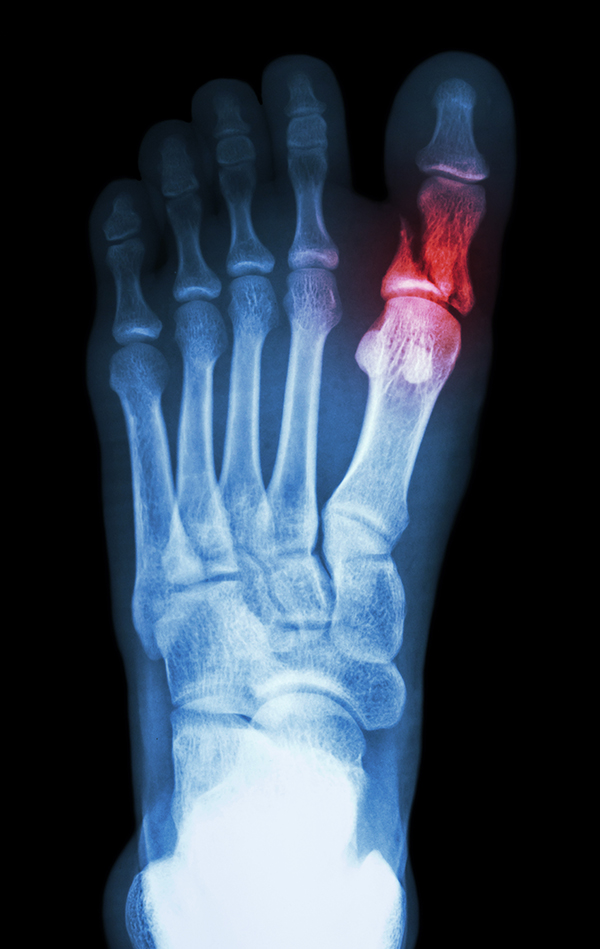July 23rd, 2018

Toe injuries due to dropping something on it or stubbing a toe are common, but many people wonder how to tell if the toe is broken, sprained, or just bruised. It can be tempting to ignore an injured toe, but you're at risk of improper healing that can impair your ability to participate in regular activities without pain for a long time. Fortunately, if the toe is broken, a foot and ankle orthopedic surgeon in Atlanta can help treat your toe. Here are the symptoms of a broken toe as well as how it should be treated.
Symptoms of a Break
The symptoms of a broken toe are very similar to that of a bad sprain. There will be swelling and bruising on and around the toe. As with a sprain, you'll have difficulty putting weight on the foot if you have a broken toe. If the break is severe, you'll probably be able to tell that the toe is broken because of the unnatural angle of the toe. You may have even heard a breaking sound when the injury occurred. If you originally suspect the toe is just sprained, you may wait a few days to see a doctor. If this is the case, the pain won't subside after a few days like it will with a sprain. The only way to determine if the toe is broken is to see a doctor who will usually order an x-ray.

Importance of Seeing a Doctor
Many people dismiss the seriousness of a broken toe because they assume there's not much an orthopedic foot specialist in Atlanta can do about a broken toe. However, ignoring a broken toe can lead to a chronic, painful condition called osteoarthritis, which causes pain in the joints. In addition to future problems from the broken toe itself, you may have sustained nerve damage, especially if you have tingling or numbness in your toe. Visiting the doctor can help assess the severity of the break to determine what course of treatment will be best.
Treating a Broken Toe
If a toe isn't seriously broken, it will heal on its own without much intervention from the doctor. You can ice the toe, keep it elevated, and take over-the-counter pain relievers while the toe heals. However, in more serious breaks, the doctor may recommend splinting the toe by taping the broken toe to the adjacent toe with medical tape to keep the toe from moving while it heals. A very serious break may require an orthopedic surgeon to perform surgery to reset the broken bone. Sometimes, a permanent pin is placed in the bone to ensure it heals properly. With a broken toe, it's important to allow yourself time for the toe to fully heal. Returning to regular activity too soon will prolong healing time and possibly cause more damage.
Back






